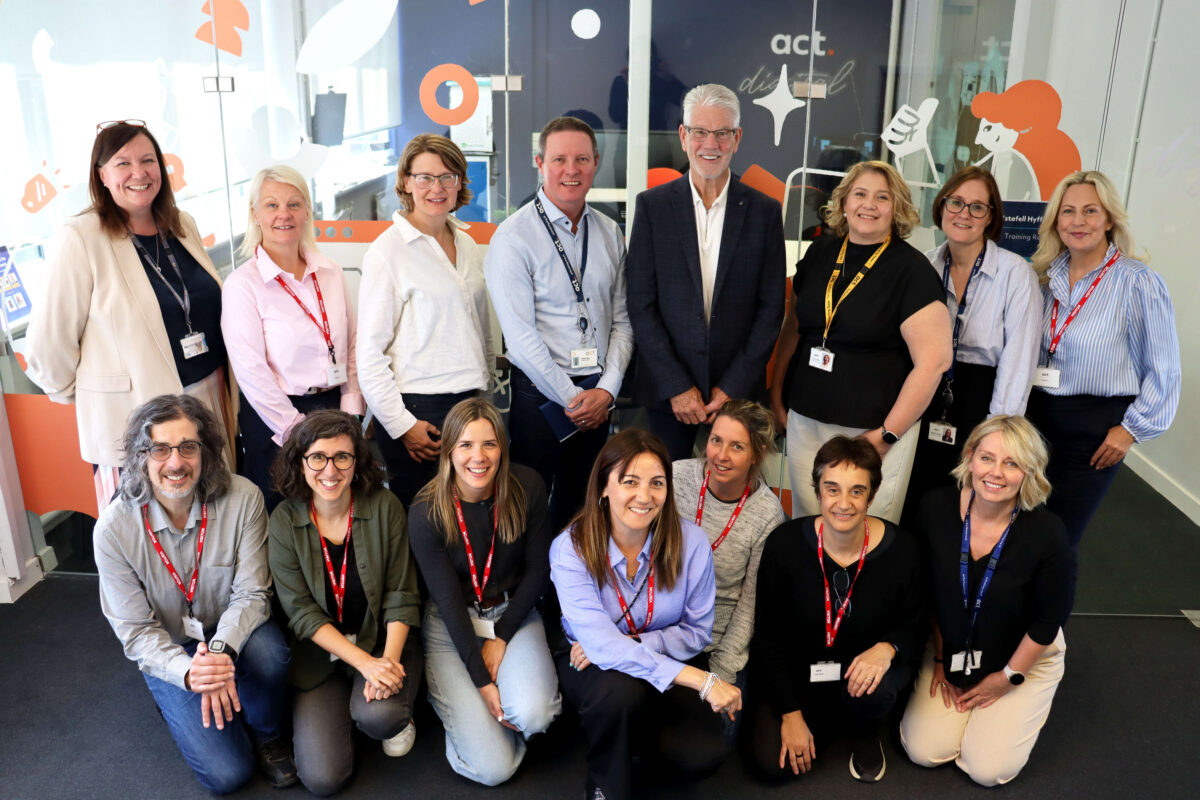Data: The answer to overcoming impossible financial decisions

In this article, Simon discusses how education leaders don’t have to face impossible financial decisions alone. Instead, they should harness data to get a complete, real-time picture of their trust or school in order to budget effectively and avoid sacrificing spend.
Across the education sector, financial pressures are severe, wide-ranging and in constant flux. From staff pay, to catering and estates management costs – budgets are increasingly hard to plan and review.
Adding even greater difficulty, recent demographic changes have resulted in falling pupil numbers in many areas, leading to a subsequent drop in funding. At the same time, pupils with special educational needs and disabilities (SEND) have increased significantly, reaching 1.5m in the UK.
With the cost of supporting SEND and high need pupils (47%), staff pay costs (60%) and infrastructure costs (46%) being the top challenges boards report facing when setting a balanced budget, there’s no doubt leaders are faced with impossible decisions to make on where to cut costs. However, through harnessing data and taking full advantage of the resources a trust or school already has, MATs, SATs and local authority schools can budget effectively without having to sacrifice spend or support.
Weather the financial storm with data
There is real, growing concern over the provision for children with special educational needs after new figures revealed some SEND children had been without a school placement for more than a year. The shortage of SEND qualified teachers is exacerbating the struggles of the SEND system with rising need and years of underfunding.
When making difficult decisions on a budget, an accurate, real-time picture of the organisation and its needs is essential. To get this, MAT leaders and educators need one central platform which collates all of the data generated across a school and Trust in real-time. Critically, this Management Information System (MIS) needs to make it easy to interrogate all of the data so leaders can make better informed decisions.
One path to alleviate the pressure faced around SEND decisions is to better analyse where qualified teachers are placed across local communities and trusts. Armed with this data, leaders can redistribute vital staff to work across various sites – helping to plug gaps and get SEND students back to school.
MATs are uniquely positioned to weather the financial storm thanks to their General Annual Grant funding. Leaders should look at inventive ways to pool resources to help keep costs down, while still offering best-in-class services. Through better analysis of available data, funding can be distributed across Trusts, dependent on schools’ specific needs, such as increased demand for SEND qualified teachers and support staff.
Equally, rather than purchasing individual utilities or technologies school-by-school, bulk purchasing can help keep costs down. And an added benefit is they will interoperate across the entire portfolio of sites, increasing security and efficiencies across the trust. Centralising systems like HR and payroll is another way costs can be kept down and processes simplified.
Take full advantage of existing resources
While SATs and local authority schools may not have the resources that MATs do to combat these financial challenges, they do have their own unique strengths which can be leveraged. Headteachers will have a thorough understanding of individual issues – such as those students who need SEND support – and so can work with staff on budgets accordingly.
Harnessing technology which centralises all data about the school in one place can provide educators with a clearer understanding of which assets are fully or only partly utilised. This can spark some thinking outside of the box which can help maximise income generation to help offset other more costly, but essential, areas of spend. Consider renting out halls for large-scale events such as exercise classes and even weddings. Some schools are even installing electric vehicle (EV) charging points in car parks and renting these out to members of the local community. Operating with far greater autonomy than MATs, SATs and local authority schools can be far more agile. This is a major strength and should be leaned on.
While the new academic year will undoubtedly present trust leaders and headteachers with tough financial decisions to make, there are ways to shield from the storm. Through harnessing data to make informed decisions, and taking full advantage of the assets they already have, leaders can plan budgets effectively so the life chances of every student can be improved.
By Simon Freeman, MD of Education at IRIS Software Group
FE News on the go…
Welcome to FE News on the go, the podcast that delivers exclusive articles from the world of further education straight to your ears.
We are experimenting with Artificial Intelligence to make our exclusive articles even more accessible while also automating the process for our team of project managers.
In each episode, our thought leaders and sector influencers will delve into the most pressing issues facing the FE sector, offering their insights and analysis on the latest news, trends, and developments.












Responses